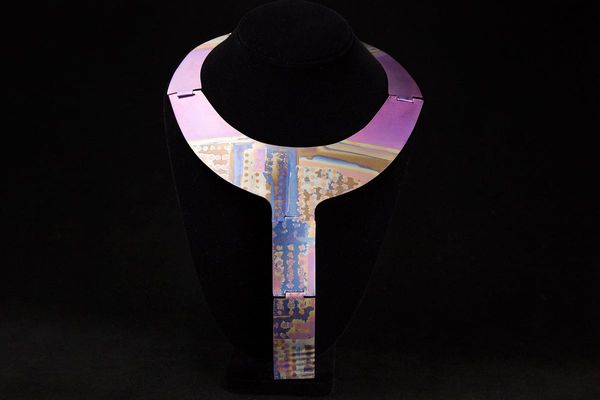
While the piercing screech of a smoke alarm is one of the least pleasant noises in modern life, their lifesaving potential makes the occasional outburst worthwhile. A smoke detector halves the chances that someone will die if there's a fire.
One reason is, we cannot rely on our sense of smell to wake us. A 2004 study found that participants could easily detect odours while awake or in the early stages of sleep, but beyond that they could not.
They subjected participants to peppermint and a byproduct of fires (pyridine) to see whether it roused them from sleep.
None responded to peppermint, and very few reacted to the intense smell of pyridine. Meanwhile, a moderately loud noise was enough to rouse sleepers almost every time.
Most smoke alarms contain a tiny amount of radioactive Americium-241 in an ionisation chamber.
A small current flows through the chamber and, when it's affected by smoke or hot air, it triggers an alarm.
Photoelectric smoke detectors are an alternative that do not contain radioactive material. Inside is a sensor that triggers an alarm when light has been scattered by smoke particles.
While they can be quicker to detect smouldering fires and less likely to give a false alarms, they're less sensitive to rapid flame fires.
Americium-241 is a silvery, shiny radioactive metal that might also be used in spacecraft batteries in the future.
While it occurs in trace amounts in uranium ores, the main source is from the neutron bombardment of plutonium in nuclear reactors. This produces a few grams each year.
Since Americium is fissile, you could theoretically use it to build a nuclear bomb. However, to obtain a critical mass, you'd need between 57.6 and 75.6 kilograms, which you'd form into a sphere.
Even if you could find someone online to sell you a nuclear reactor, they're tricky pieces of kit and not good when they go wrong, although it could reduce your electricity bills.
Then you'd need large, expensive equipment such a centrifuge to extract the material.
Alternatively, you could buy a lot of smoke detectors, but then somebody might notice that you'd cornered the world market because each uses only about 0.29 micrograms.
Fortunately, Americium-241 is not considered a significant health risk. Aside from the tiny amount used, it's only dangerous when ingested or inhaled.
Americium emits alpha radiation that does not penetrate far. Inside a smoke alarm it's encapsulated and can even survive a fire.
Listen to the Fuzzy Logic Science Show at 11am every Sunday on 2XX 98.3FM.
Send your questions to AskFuzzy@Zoho.com Twitter@FuzzyLogicSci
We've made it a whole lot easier for you to have your say. Our new comment platform requires only one log-in to access articles and to join the discussion on The Canberra Times website. Find out how to register so you can enjoy civil, friendly and engaging discussions. See our moderation policy here.







